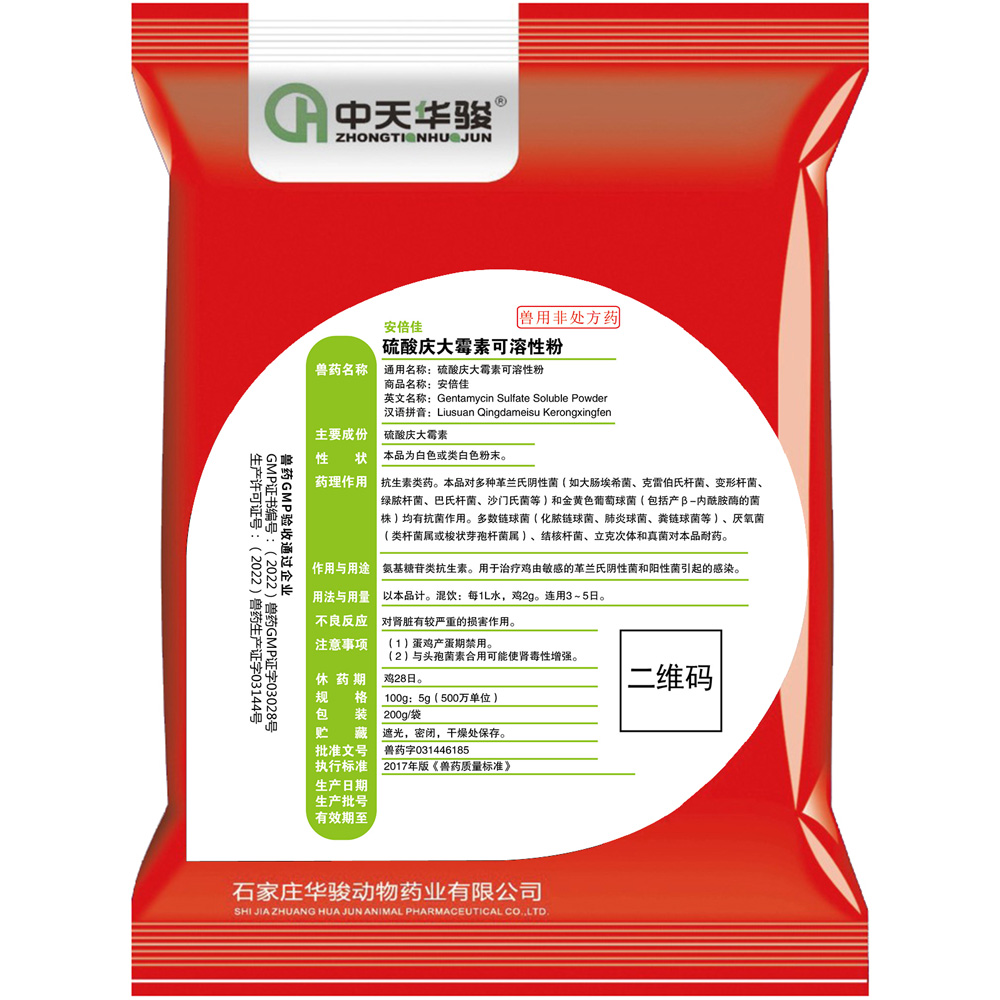
Jul . 26, 2024 08:49 Back to list
Guidelines for the Safe Use of Tylosin in Cattle Farming Operations and Benefits for Livestock Health
Tylosin for Cattle A Comprehensive Overview
Tylosin is an antibiotic that belongs to the macrolide class of antibiotics. Originally derived from the bacteria *Streptomyces fradiae*, it is primarily used in veterinary medicine, particularly for livestock, including cattle. Its primary purpose is to control various bacterial infections and promote growth in livestock, making it a significant component of modern cattle farming.
Mechanism of Action
Tylosin works by inhibiting bacterial protein synthesis. It binds to the 50S ribosomal subunit of susceptible bacteria, preventing them from producing essential proteins necessary for their growth and reproduction. This mechanism makes tylosin effective against a range of Gram-positive and some Gram-negative bacteria, including those responsible for respiratory diseases and gastrointestinal infections in cattle.
Uses in Cattle Farming
In cattle farming, tylosin is predominantly used to treat infections caused by Mycoplasma spp., which can lead to pneumonia and other respiratory illnesses. It is also effective against various types of enteritis, which can significantly impact the health and growth performance of young cattle. Additionally, tylosin can be administered as a growth promoter, enhancing feed efficiency and overall weight gain in cattle, which is an attractive quality for farmers looking to optimize production.
Administration and Dosage
tylosin for cattle factories

Tylosin can be administered via several routes, including injection, oral drenching, or incorporated into feed. The dosage will depend on the specific formulation and the condition being treated, as well as the age and weight of the cattle. It is essential for producers to follow veterinarian recommendations to ensure the correct dosage and minimize the risk of resistance development.
Regulatory Considerations
The use of antibiotics in livestock is closely monitored by regulatory agencies in many countries due to concerns about antibiotic resistance. In the United States, for instance, the Food and Drug Administration (FDA) has implemented guidelines to control the use of medically important antibiotics in food-producing animals. Producers are often required to obtain veterinary feed directives (VFDs) to use tylosin and other antibiotics, ensuring that these drugs are used responsibly and only when necessary.
Safety and Efficacy
Tylosin has been shown to be safe for use in cattle when administered according to established guidelines. However, there are important considerations regarding residual levels of the antibiotic in animal products, such as meat and milk. To mitigate these risks, farmers must adhere to withdrawal times—periods during which the drug must not be administered before slaughter or milking. This helps ensure that livestock products are free of harmful antibiotic residues when they enter the food supply.
Conclusion
Tylosin remains a valuable tool in cattle farming for the treatment of bacterial infections and growth enhancement. However, with the rising concerns regarding antibiotic resistance, its use must be managed judiciously. Farmers, veterinarians, and regulatory bodies need to collaborate to ensure that tylosin is used responsibly, thereby safeguarding animal health and public safety. Through careful monitoring and adherence to responsible use practices, tylosin can continue to play a vital role in the sustainable production of cattle.
-
Enterococcus Faecalis Mold Remover – Powerful & Safe Solution from Trusted Manufacturer
NewsJul.08,2025
-
Premium Diarrhea Treatment Solutions Leading Diarrhea Factories & Suppliers
NewsJul.08,2025
-
High-Quality Blisters Manufacturer & Supplier Reliable Blisters Factory
NewsJul.07,2025
-
High-Quality Skeleton Development Services Leading Factory, Manufacturer & Supplier
NewsJul.07,2025
-
High-Quality Cockscomb Turns White Reliable Manufacturer & Supplier Factory
NewsJul.07,2025
-
Premium Suckling Piglet for Sale - Trusted Manufacturers & Suppliers Factory Price
NewsJul.06,2025




